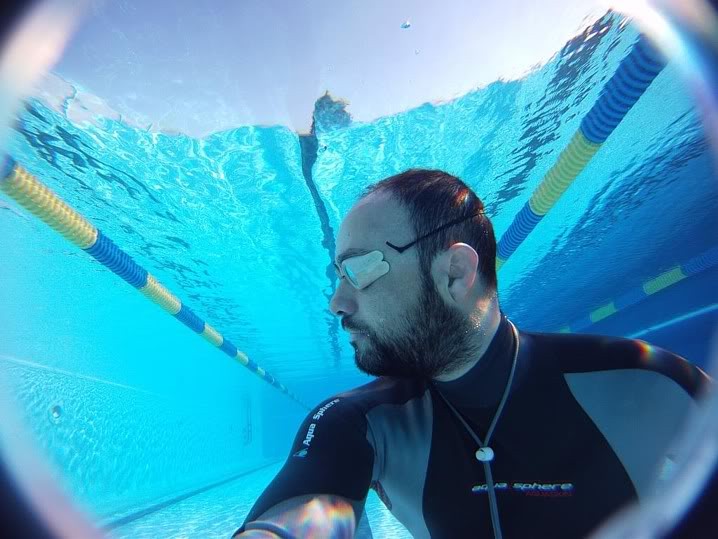There are interesting discussions going on that started because of this video. You can see the diver is using simple wood googles pretty deep.
I remember using goggles as a kid and it was painful to dive even 3 meters to the bottom of the pool. I have since disregarded goggles and it never occurred to me to use them for spearfishing. But there is no denying this diver is using them. How does he overcome goggle squeeze?
Some people are saying that it has something to do with the goggles themselves. The goggles are now available to buy in various models http://woodengoggles.com/
The website itself states:
Quote
- How come i cannot dive deeper than 5m with my plastic speedos, but with theses goggles you can dive down even to 20m?
We don't know exactly why, but it simply works.
People are buying them. There's already a report that they seal well.

I'm curious to see the report on using them to dive deep. I think it would be fun to dive with such small goggles instead of a conventional mask. I'd have to make the strap more robust to hold the snorkel.

